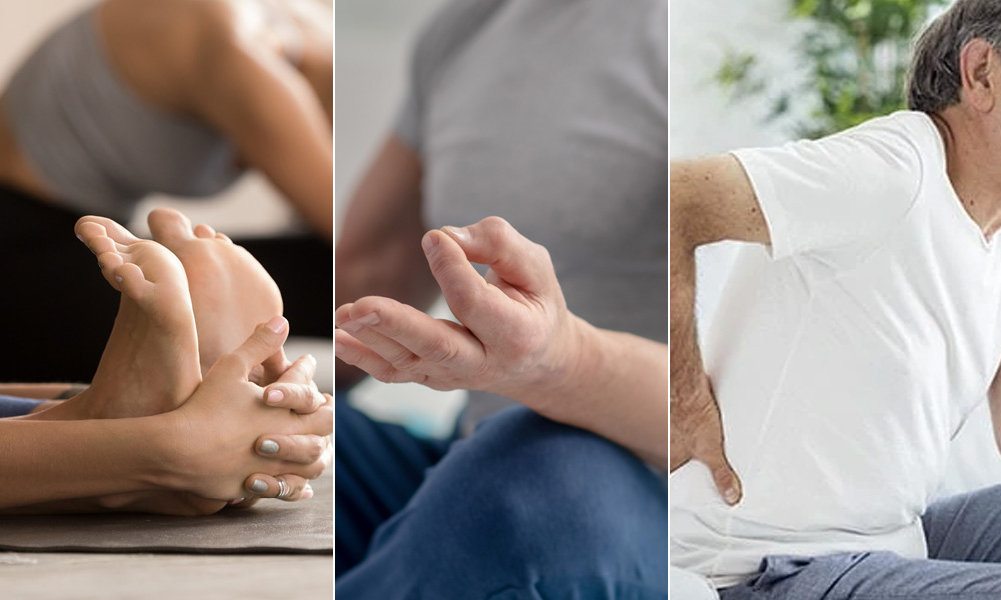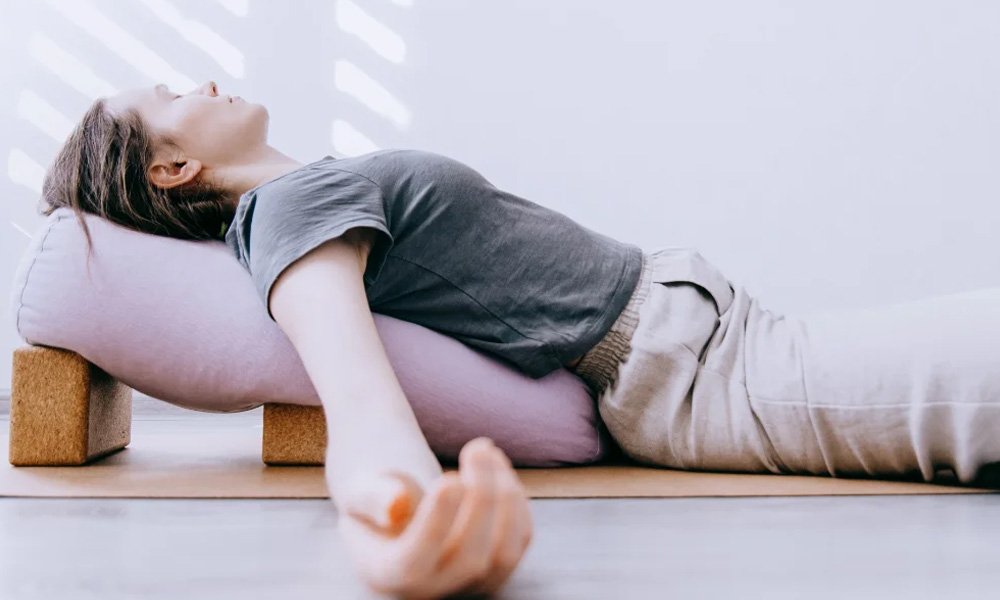Flare-ups can be frustrating and challenging, especially when they impact your ability to live your daily life. Managing these episodes, whether due to chronic pain conditions, autoimmune diseases, or joint discomfort, requires a balance of proactive strategies and lifestyle adjustments. While flare-ups aren’t entirely preventable, understanding how to minimize their impact and maintain mobility will help you stay in control.
This blog provides practical tips for managing flare-ups and preserving your mobility, so you can maintain a fulfilling and active lifestyle.
Why Managing Flare-Ups Is Essential
Flare-ups can affect not only your physical health but also your mental and emotional well-being. Whether triggered by stress, weather changes, or dietary habits, these episodes can create ripple effects on your overall life. Learning how to manage flare-ups effectively is key to reducing their duration and frequency, allowing you to focus on the activities and people that matter most.
Having a solid plan for managing pain and staying mobile ensures that you can keep doing the things you love while reducing the long-term impact on your body.
Understanding Your Triggers
Track Your Flare-Ups
Not all flare-ups happen randomly. Often, they’re linked to specific triggers like poor posture, overexertion, or dietary changes. Use a journal or app to track when your flare-ups occur and what factors might have contributed. Look for patterns that could provide insight into avoiding triggers.
Example Triggers to Watch For:
- Stress or lack of sleep
- Changes in diet or hydration levels
- Physical strain or over-exertion
- Weather changes or seasonal shifts
Work with Specialists
Sometimes, underlying health issues may amplify flare-ups. Collaborating with specialists, such as reproductive health specialists in Glenview, can help identify other contributing factors, like hormonal imbalances or inflammation, that might be linked to your flare-ups.
Practical Steps to Alleviate Flare-Ups
1. Gentle Movement
While resting is critical during flare-ups, completely avoiding movement can stiffen muscles and worsen discomfort. Engage in gentle exercises like stretching, yoga, or light walking to improve circulation and ease muscle tension.
Best Practices for Gentle Movement:
- Incorporate slow, controlled motions.
- Focus on low-impact activities like water-based exercises or chair yoga.
- Avoid high-intensity activity until symptoms subside.
2. Ice and Heat Therapy
Ice packs can effectively reduce inflammation and numb pain, while heat therapy can relax tense muscles and improve circulation. Use these therapies as needed to ease pain in specific areas.
Guidelines to Follow:
- Apply ice for 10-15 minutes at a time during acute flare-ups.
- Use a heating pad for chronically stiff or sore areas, but limit each session to 15-20 minutes.
3. Medication and Topical Treatments
If recommended by your doctor, over-the-counter anti-inflammatories or prescribed medications can provide relief. Additionally, topical ointments or gels with ingredients like menthol can target pain areas without systemic effects.
Remember to consult your healthcare provider before starting new medications or treatments.

Maintaining Mobility Daily
1. Stay Active Between Flare-Ups
Keeping up with regular physical activity in your day-to-day life can prevent joints and muscles from becoming weak or stiff. Choose an exercise plan tailored to your capabilities and goals.
Activities to Try:
- Swimming or water aerobics
- Cycling on a stationary bike
- Low-intensity Pilates or barre workouts
2. Focus on a Joint-Friendly Diet
Inflammatory foods like processed meats, sugars, and trans fats can exacerbate physical discomfort during flare-ups. Switching to an anti-inflammatory diet may improve your day-to-day mobility and reduce the severity of episodes.
Foods to Include:
- Leafy greens (spinach, kale)
- Omega-3 rich options like salmon or flaxseeds
- Nuts, seeds, and whole grains
3. Posture and Ergonomics
If you spend long hours at a desk, poor posture can lead to flare-ups and limited mobility. Invest in an ergonomic chair or practice habits like maintaining neutral spinal alignment to protect your joints and muscles.
Quick Desktop Tips:
- Adjust your screen to eye-level.
- Use a footrest to reduce strain on hips.
- Take frequent “stand and stretch” breaks at least every 30 minutes.
4. Regular Therapies and Check-Ins
Routine physiotherapy, chiropractic care, or massage therapy can help manage chronic conditions and prevent flare-ups. These sessions help maintain alignment in your body, reduce muscular tension, and increase flexibility.

Build a Support Network
Managing flare-ups isn’t just a physical challenge—it’s an emotional one too. Cultivate a strong support network of family, friends, and healthcare professionals who understand your condition and provide encouragement when you need it most.
Join Community Groups:
- Online forums or local meetups for individuals managing chronic conditions
- Social media groups tailored to specific health challenges
- Therapeutic support groups guided by experienced moderators
Find What Works for You
Not every strategy will work the same for everyone. It might take some trial and error to figure out which tools and techniques make the biggest difference in managing your flare-ups. The key is to stay consistent while being patient with your body.
By tracking triggers, investing in appropriate treatments, and adopting a proactive approach to mobility, you’ll empower yourself to manage your condition effectively.
Taking the Next Step Toward Better Health
Flare-ups don’t have to derail your life or limit the activities you enjoy. With thoughtful planning, lifestyle tweaks, and consistent care, you can reduce their frequency and maintain your mobility. If you’re struggling to manage chronic flare-ups, don’t hesitate to reach out to trusted healthcare providers.












